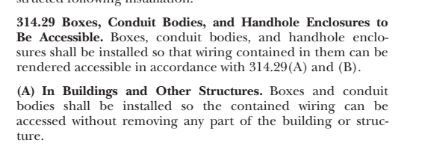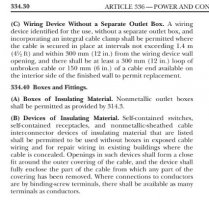mark handler
SAWHORSE
Unfortunately a large number of Architects Do Not Have a Clue when it comes to the technicalities of the code.An unfortunately large number of architects are drunk on their own kool-aid. In an attempt to keep that in check we do regular lunch-and-learns with our insurance carrier who, among other things, reminds us to stay in our lane and to never be afraid to say I don't know. Chances are there is a term (or two) in this guy's policy that, if this went really sideways, his carrier would say; sorry champ you're on your own with this on
(nor do many Contractors)
Unfortunately a large number of Architects Do Not Have Errors and Omissions Insurance.






